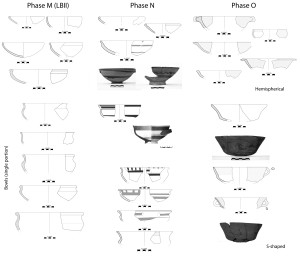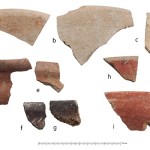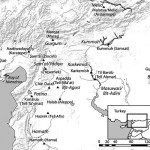The Iron Age Sequence in the Amuq
Marina Pucci
This article provides an overview of the Iron Age levels at the site of Chatal Höyük in the Amuq (Hatay region) in Turkey, brought to light in the 1930s by the American team of the Oriental Institute of Chicago. The dataset is based on the reanalysis of the documentation and materials from the site that are housed at the Oriental Institute Museum in Chicago, as well as on the observations carried out on the Late Bronze and Iron Age assemblages at Alalaḫ. The main aim of this contribution is to focus on the pottery assemblages, which are crucial for better understanding the archaeological sequence during the Iron Age, particularly at a site where there is continuity from LBI to IA III. Ceramic typology and morphological changes over time provide a reliable sequence for the Iron Age on a regional basis, which may help to establish a reference point for neighboring sites. This article focuses mainly on the chronological elements that may help in setting the relative regional sequence in a broader historical context, and investigates those aspects of the material culture that are useful for reconstructing the social, economic and political landscape of the Iron Age in the Hatay region. It starts with a brief introduction to the local regional sequence and presents the assemblages in each phase, their main features and their differences from previous materials. It then focuses specifically on the painted tradition during the Iron Age in the Amuq and provides a brief overview on the criteria employed to date each phase. The conclusions offer a general overview of the political development of the town of Chatal Höyük from the 13th to the 6th centuries BC.











